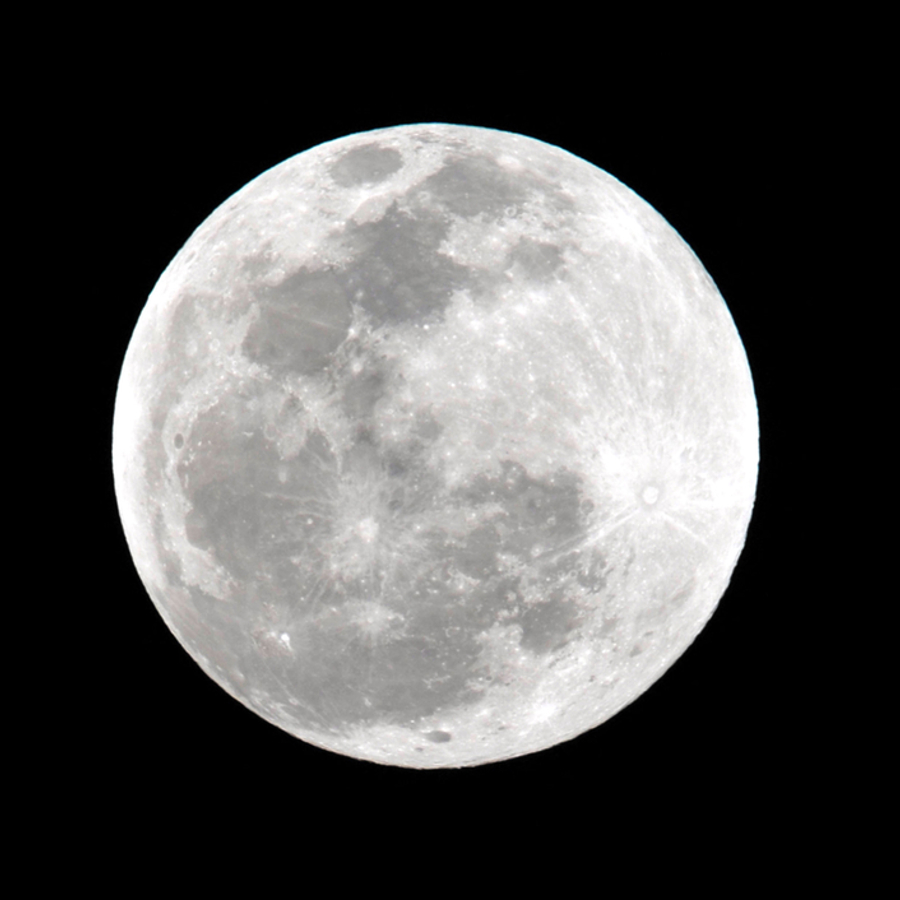
Explore Lunar New Year with this Lesson: Patterns of the Moon!
February 7, 2024

As the most observable and closest space object to us, we continue to be inspired to ask questions and to feel a connection to our moon. Explore and learn more about our moon this Lunar New Year!
Lunar New Year kicks off on February 10, 2024! Did you also know the Lunar New Year also signifies the midpoint between the winter solstice and the spring equinox? In fact, the phases of the moon mark holidays and celebrations across cultures, such as Holi, Poya, and the Mid-Autumn Festival!
From monitoring harvest cycles to unveiling our universe’s most profound mysteries (BBC Sky at Night 2022), tracking the patterns of the changing moon has moved science and humanity forward for thousands of years. In recent years, astronomers have turned to computer science to write algorithms to calculate the exact phase of the moon at any given point. (Murad 2023).
Fun fact, Neil deGrasse Tyson used computer models to visualize the night sky and convinced James Cameron to update the starscape in the re-release of Titanic (but that’s a story for another blog).
Let’s explore how you can use computer science to model the patterns of the moon.
(Or jump straight to the complete Patterns of the Moon lesson and Scratch tutorial!)
Observing Phases of the Moon
Before consulting a computer model to learn about the moon, try making some observations of your own. Keep a log and track what you see over a period of days or weeks. As you make your observations, record the questions that you have about what you’re seeing. You might even decide to make a hypothesis about what you think will happen next in the cycle.
The Next Generation Science Standards encourage students to make observations about phenomena, ask questions and develop science ideas through investigation.
Find Patterns
Take the data you’ve collected and spend some time looking for patterns.
- Which days of the month look most similar? Most different?
- What do you notice about the changes across a week? Two weeks?
- If you missed any days, what would you guess the moon looked like?
- What is the length of the repeating pattern?
When a new moon (no visible moon) starts to appear, it’s called waxing, meaning it gets bigger. When a full moon starts to look smaller, it’s called waning. Have you ever heard of a gibbous moon? That comes from the Latin word for “hump.” And, of course, a crescent moon resembles a tasty, flaky croissant.

You might notice that the shape of the visible moon changes in predictable ways over time.

Did you notice that the “face” of the moon always seems to look the same? The moon is in a tidal lock with Earth which means that one rotation of the moon is the same as its orbit around the sun, so it’s always showing us the same side.
Explore a Computational Model
Once you’ve identified some patterns in your observation data, you can use those ideas to refine a computer model, like the one in our Patterns of the Moon computational thinking activity.

The sample model we created has a few intentional “bugs” or errors that students need to solve for. We chose to start with an existing program to help students get an idea of what the different blocks do. After students have explored and debugged the program to solve the problem, they can create their own program or make a copy of this one and improve upon it. Perhaps they want to add more detail to the visual display, text or audio overlay, or perhaps they want to change the content to model another type of change-over-time phenomenon, like a life cycle.
We use Scratch to make simple programs that can be easily modified and remixed by students. The interface is intuitive and easy to learn for students and adults. Best of all this tool is available to use for free.
More About Our Moon
Our moon isn’t alone in the solar system, Mars has two and Jupiter is orbited by more than 80 unique moons. But as the most observable and closest space object to us, we continue to be inspired to ask questions and to feel a connection to something bigger than our own planet.
Misconceptions about the moon are common, be bold enough to ask questions and curious enough seek out the answers. Are the phases of the moon the same anywhere in the world? What causes the phases of the moon anyway? Does the full moon really cause people to act differently?
Looking for other ways the patterns of the moon are celebrated? Check out our Linkages Lunar New Year Activity.
References
Predicting new crescent moon visibility applying machine learning algorithms, 2024, Nature.com
 Skip Navigation
Skip Navigation
